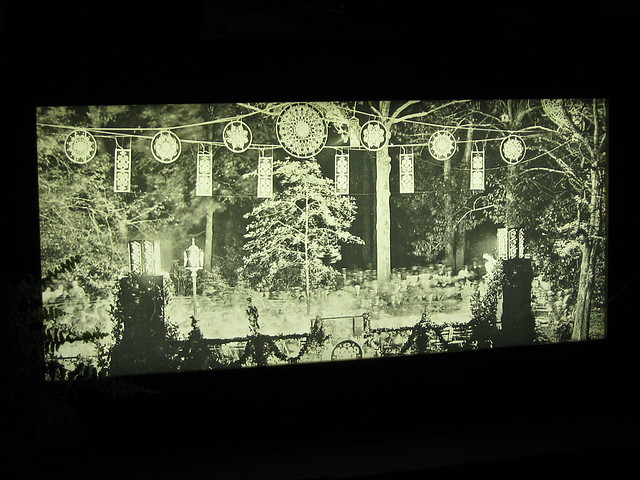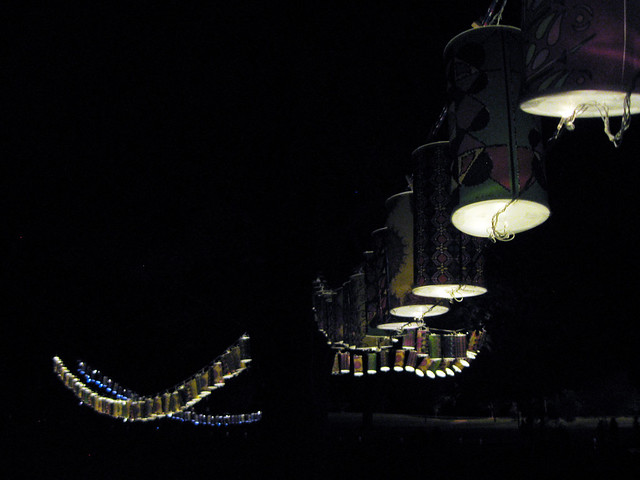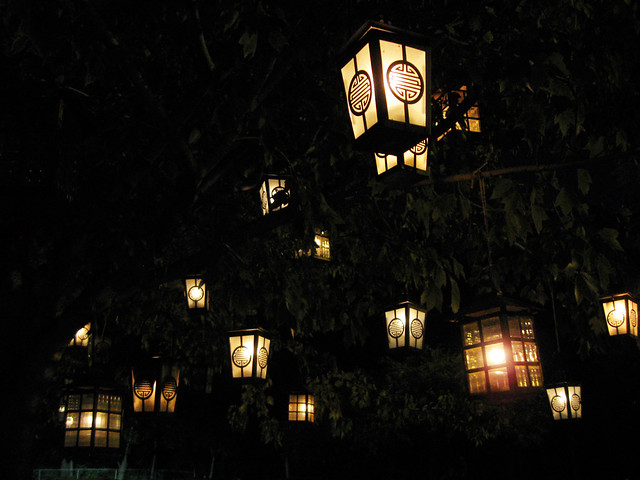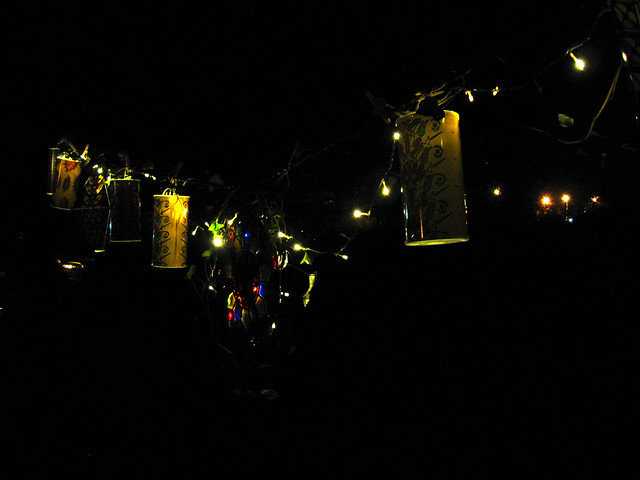Claude Bragdon was an architect (among other things) who had a practice in Rochester from 1900 to 1917 or so. He was part of the Arts & Crafts movement, but had his own particular style. He was a pretty prolific writer, for an architect, and published whole books in which he said things like: "From the architecture of a true democracy, founded on love and mutual service, beauty would inevitably shine forth; its absence convicts of us a maladjustment in our social and economic life. A skyscraper shouldering itself aloft at the expense of its more humble neighbors, stealing their air and their sunlight, is a symbol, written large against the sky, of a will-to-power of a man or a group of men -- of that ruthless and tireless aggression on the part of the cunning and the strong so characteristic of the period which produced the skyscraper. One of our streets made up of buildings of diverse styles and shapes and sizes -- like a jaw with some teeth whole, some broken, some rotten, and some gone -- is a symbol of our unkempt individualism, now happily becoming curbed and chastened by a common devotion, a common danger."
To this, some would say Yes yes yes! And some would say No no no! He goes on to say that too often style is subjugated to practicality, when they should be equal and inseparable, which I think is difficult to argue with, but then again, I have never studied architecture and had to read up on Bragdon for this post, so what do I know. Anyway, Bragdon is an interesting character, about whom Rochesterians may be hearing more as the city goes with plans for its new train station. The style of the old Bragdon Station, which was demolished in 1965 (to build a parking lot, godhelpus) is being incorporated into the plans for the new station. This is the one (1) and only example of Rochester making a sound architectural decision that I've heard of in the past several years, and I am very pleased.
The three paragraphs of background you've just read have been basically pointless because this post has far less to do with his architectural accomplishment as it does with his second career in stage designing, and even that is tangentially related to my point. In 1916, Bragdon staged his first Festival of Song & Light in Highland Park. I have stolen this description from the Rush Rhees Rare Books Department's description of the Bragdon Family Papers: "In 1915, Bragdon introduced his new system of ornament, which was based upon four-dimensional geometry. . . . Using projective ornament and color theory, he created complex installations marrying choral music to colored light. These festivals, with stage sets framed by thousands of lanterns and screens fashioned like stained glass windows, were witnessed by audiences of up to 60,000. For the next thirty tears, Bragdon explored various means of animating color and light, including 'color organs' that linked chromatic and musical scales with electricity to play four-dimensional colored light forms."
This is a (sadly) black-and-white photo of a photo of one of these festivals - possibly one in New York.

Last August, the Historic Maplewood Association and the Rochester Oratorio Society put on a similar event. It did not exactly live up to the Claude Bragdon originals, but it was a solid effort. My main complaints were that (1) I was expecting beautiful, ethereal choral music, and instead, it was pretty corny a capella standards, complete with some contributions by Disney, and (2) the lanterns were neither numerous nor luminous enough. I was not reminded of the "cathedral without walls" that Bragdon wanted to evoke. Stained glass patterns printed on plastic was a good idea, but not quite breathtaking. They should have been bright and warm, but instead they were blue and cold.

Which isn't to say it wasn't pretty. One tree had a lovely collection of lanterns, even if there was no four dimensional color theory hocus pocus going on.

This colorful glass thing came a bit closer to what I think Bragdon would've had.

And for no particular reason, I liked this gazebo decked out in lights, complete with an old man.

I can only hope this will become an annual festival and will improve every year. It would be wonderful to see a really accurate reproduction of one of Bragdon's Festivals of Song & Light, for I bet it was a sight to behold.

No comments:
Post a Comment